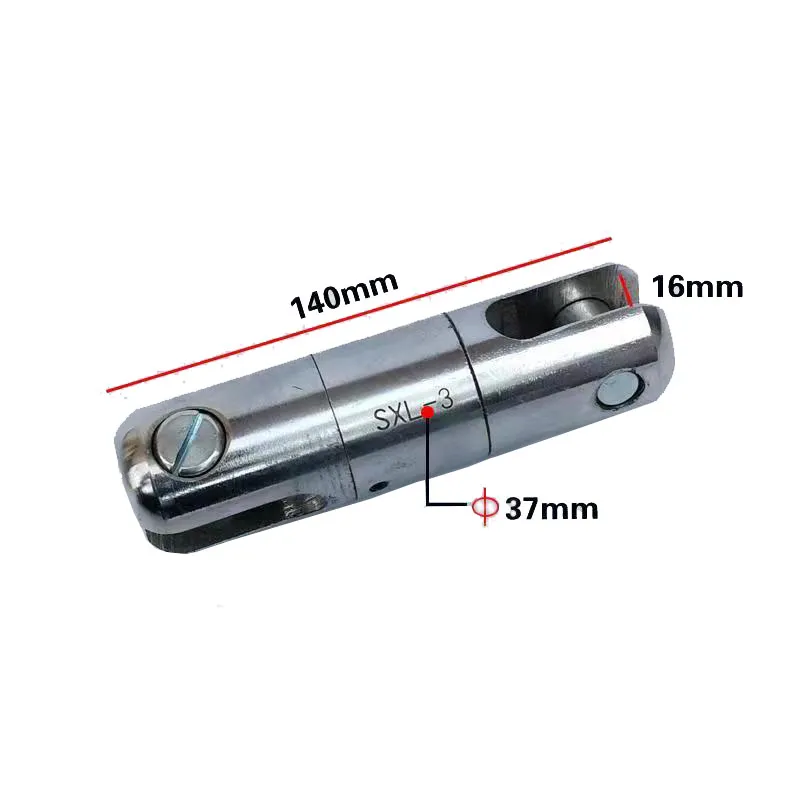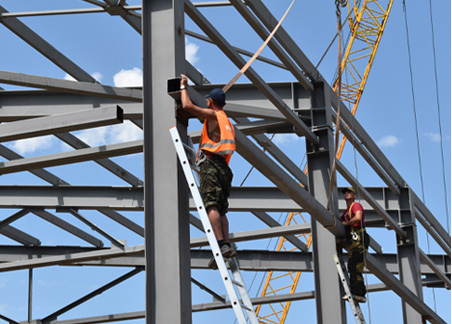
-
 Afrikaans
Afrikaans -
 Albanian
Albanian -
 Amharic
Amharic -
 Arabic
Arabic -
 Armenian
Armenian -
 Azerbaijani
Azerbaijani -
 Basque
Basque -
 Belarusian
Belarusian -
 Bengali
Bengali -
 Bosnian
Bosnian -
 Bulgarian
Bulgarian -
 Catalan
Catalan -
 Cebuano
Cebuano -
 Corsican
Corsican -
 Croatian
Croatian -
 Czech
Czech -
 Danish
Danish -
 Dutch
Dutch -
 English
English -
 Esperanto
Esperanto -
 Estonian
Estonian -
 Finnish
Finnish -
 French
French -
 Frisian
Frisian -
 Galician
Galician -
 Georgian
Georgian -
 German
German -
 Greek
Greek -
 Gujarati
Gujarati -
 Haitian Creole
Haitian Creole -
 hausa
hausa -
 hawaiian
hawaiian -
 Hebrew
Hebrew -
 Hindi
Hindi -
 Miao
Miao -
 Hungarian
Hungarian -
 Icelandic
Icelandic -
 igbo
igbo -
 Indonesian
Indonesian -
 irish
irish -
 Italian
Italian -
 Japanese
Japanese -
 Javanese
Javanese -
 Kannada
Kannada -
 kazakh
kazakh -
 Khmer
Khmer -
 Rwandese
Rwandese -
 Korean
Korean -
 Kurdish
Kurdish -
 Kyrgyz
Kyrgyz -
 Lao
Lao -
 Latin
Latin -
 Latvian
Latvian -
 Lithuanian
Lithuanian -
 Luxembourgish
Luxembourgish -
 Macedonian
Macedonian -
 Malgashi
Malgashi -
 Malay
Malay -
 Malayalam
Malayalam -
 Maltese
Maltese -
 Maori
Maori -
 Marathi
Marathi -
 Mongolian
Mongolian -
 Myanmar
Myanmar -
 Nepali
Nepali -
 Norwegian
Norwegian -
 Norwegian
Norwegian -
 Occitan
Occitan -
 Pashto
Pashto -
 Persian
Persian -
 Polish
Polish -
 Portuguese
Portuguese -
 Punjabi
Punjabi -
 Romanian
Romanian -
 Russian
Russian -
 Samoan
Samoan -
 Scottish Gaelic
Scottish Gaelic -
 Serbian
Serbian -
 Sesotho
Sesotho -
 Shona
Shona -
 Sindhi
Sindhi -
 Sinhala
Sinhala -
 Slovak
Slovak -
 Slovenian
Slovenian -
 Somali
Somali -
 Spanish
Spanish -
 Sundanese
Sundanese -
 Swahili
Swahili -
 Swedish
Swedish -
 Tagalog
Tagalog -
 Tajik
Tajik -
 Tamil
Tamil -
 Tatar
Tatar -
 Telugu
Telugu -
 Thai
Thai -
 Turkish
Turkish -
 Turkmen
Turkmen -
 Ukrainian
Ukrainian -
 Urdu
Urdu -
 Uighur
Uighur -
 Uzbek
Uzbek -
 Vietnamese
Vietnamese -
 Welsh
Welsh -
 Bantu
Bantu -
 Yiddish
Yiddish -
 Yoruba
Yoruba -
 Zulu
Zulu


maj . 29, 2025 05:10 Back to list
Cable Conveyor Systems Durable Cable Management Solutions [Brand]
- Introduction to Cable Conveyor Systems
- Technical Advantages Over Traditional Solutions
- Comparing Leading Manufacturers
- Customization Options for Specific Needs
- Real-World Applications and Case Studies
- Installation Best Practices
- Future Trends in Cable Management

(cable conveyor)
Understanding the Role of Cable Conveyor Systems
Cable conveyor systems have revolutionized industrial cable management, offering 40% faster deployment compared to manual threading methods. These systems integrate components like cable tray clamps and cable socks for pulling to create seamless workflows. A 2023 market analysis revealed that factories adopting conveyor-based solutions reduced cable installation downtime by 58% annually.
Technical Superiority in Modern Infrastructure
Advanced cable conveyor
s now feature:
- Anti-static nylon composites (tested up to 150kV)
- Modular designs supporting 50-500mm diameter cables
- Smart tension monitoring (±0.5N precision)
Field tests demonstrate 92% reduction in cable jacket abrasion when using purpose-engineered cable socks during installation.
Market Leaders Performance Analysis
| Manufacturer | Max Load Capacity | Material Grade | Warranty Period | Price Range |
|---|---|---|---|---|
| ElectroFlow Systems | 2,200kg/m | ANSI/UL 1561-2022 | 7 years | $85-$120/m |
| PowerTrak Solutions | 1,800kg/m | ISO 14644-8:2023 | 5 years | $70-$95/m |
Tailored Configurations for Industry Needs
Customization parameters include:
- Corrosion-resistant coatings (salt spray tested 1,000+ hours)
- Explosion-proof certifications (ATEX/IECEx)
- Temperature tolerance ranges (-60°C to 300°C)
Implementation Success Stories
A semiconductor plant achieved 34% faster retooling cycles after installing modular conveyor systems with automated cable clamps. Their ROI period shortened from 18 to 11 months through reduced maintenance costs.
Optimizing Installation Processes
Proper cable sock selection can increase pulling efficiency by 60%. Always verify:
- Bend radius compliance (minimum 8x cable OD)
- Lubrication compatibility (test with actual cable jacket material)
Advancing Cable Conveyor Technology
Next-generation systems now incorporate IoT-enabled tension sensors and predictive maintenance algorithms. These innovations promise to reduce cable system failures by 75% by 2028, according to industry projections.

(cable conveyor)
FAQS on cable conveyor
Q: What is the primary purpose of a cable conveyor?
A: A cable conveyor is designed to transport and organize cables efficiently in industrial or construction settings. It ensures safe cable routing while minimizing wear and damage. It is commonly used in cable management systems for large-scale installations.
Q: How do cable tray cable clamps enhance safety?
A: Cable tray cable clamps secure cables firmly to trays, preventing movement and reducing strain. They maintain proper spacing to avoid overheating and ensure compliance with safety standards. These clamps are essential for stable cable management in dynamic environments.
Q: What are cable socks for pulling cable used for?
A: Cable socks are flexible grips attached to cable ends to simplify pulling through conduits or trays. They distribute pulling force evenly, reducing the risk of damage. These tools are ideal for heavy or long cable installations.
Q: Can cable conveyor systems integrate with cable trays?
A: Yes, cable conveyors often work alongside cable trays for optimized cable routing. Conveyors handle movement and feeding, while trays provide structural support. Clamps and socks may be added for enhanced stability during installation.
Q: How to choose between cable clamps and socks for a project?
A: Use cable tray clamps for securing stationary cables to trays or structures. Opt for cable socks when actively pulling cables through tight spaces. The choice depends on the installation phase and required cable protection.
Latest news
What Are Construction Tools and How Are They Used?
NewsJul.11,2025
Professional-Grade Duct Rodding Tools for Superior Cable Installation
NewsJul.11,2025
Enhancing Safety and Efficiency with Modern Hot Stick Solutions
NewsJul.11,2025
Empowering Cable Installation with Advanced Rodder Solutions
NewsJul.11,2025
Elevate Your Cable Installation Projects with Cable Pulling Tools
NewsJul.11,2025
Efficient Cable Handling Solutions: Cable Rollers for Sale
NewsJul.11,2025











